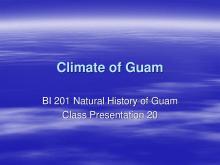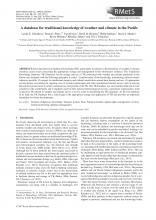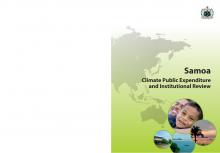The red vented-bulbul (Pycnonotus cafer): invasion dynamics and ecological impacts of an introduced pest bird in New Caledonia and implications for management

BRB
Available Online
Suite à la soutenance de thèse effectuée en juillet 2018 à lUniversité de Massey, le manuscrit de Martin Thibault, intitulé « Le bulbul à ventre rouge (Pycnonotus cafer): dynamique dinvasion et impacts écologiques dun oiseau introduit en Nouvelle Calédonie. Invasive alien species are a major cause of biodiversity loss globally, especially on islands where high species richness and levels of endemism accentuate their impacts. Various international institutions have constructed lists of the most harmful invasive species to help environment managers at both global and local scales to prioritize their efforts. The red-vented bulbul (Pycnonotus cafer) is a passerine bird species considered among the three worst invasive birds on the planet. This species is currently spreading over the tropical archipelago of New Caledonia, one of the 36 world biodiversity hotspots. This dissertation presents the findings of a PhD study conducted in New Caledonia with two objectives: 1) to describe this introduced population, and 2) to evaluate the threats from its dispersal using both existing knowledge and new in-situ and ex-situ data and a variety of analysis techniques. From the literature, I identified three key impacts explaining the species status: i) damage to agricultural crops, ii) noxious seed dispersal, and iii) competition with other avifauna. I estimated the local population size (approx. 140,000 individuals), its habitat use (inhabited areas), its density along an urbanization gradient (30-120 ind/km2), and I produced lists of consumed plant and animal species and identified a colour preference in the foraging strategy of the red-vented bulbul. Exploration of each impact category revealed i) substantial losses on fruit production (18% of tomato production), ii) impact on the abundance of nine native bird species that may be driving a spatial reassembly of the community, and iii) a short distance dispersal (77-92 m) that could promote the dispersal of introduced plant species at the expense of endemic species. Finally, through modelling, I estimated the climatic niche of the species at a global scale and identified that most island territories as suitable for the establishment of this invasive bird species. Regardless of whether the red-vented bulbul deserves its status as world worst species, quantitative impact assessments in its alien range such as the studies presented here are needed to prevent the dispersal and harmful impacts of this species on human activities and sensitive ecosystems. Implications for management are discussed.



